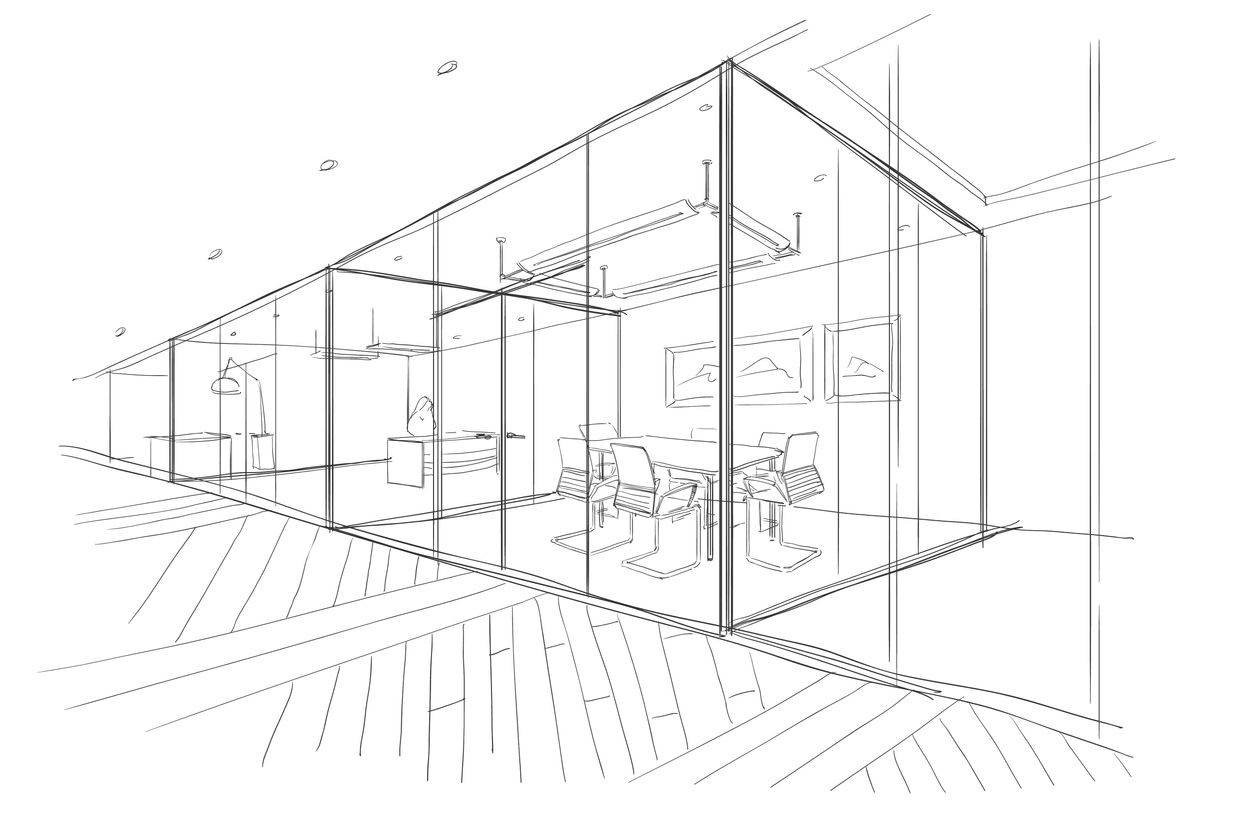Hybrid work environments are the future of work
Discover why supporting employees in new work environments is critical for productivity in the future of work
Published by Orgvue
Home > Resources > article > Hybrid work environments are the future of work

As nations around the world put their Coronavirus exit strategies to the test, businesses are waking up to the fact that working life will never be quite the same again. Suddenly, we’re having to consider in very practical terms what the future of work actually looks like.
What’s most visible is where we’ll conduct our work. The days of 9 to 5, working 5 days a week in a central office are unmistakably over. A recent survey found that 48% of people want to continue working from home after the pandemic and 75% of CEOs say this is accelerating their technological transformation. Yet 47% of companies admit they’re unprepared for the changes to come.
But whether you’re ready or not, the future of work is here. So, the question that matters is what can leaders do right now to support their people in new and adapted ways of working? It doesn’t have to be perfect, but you will need to do something, and quickly. So, where do you start?
Design your workplace around your people
Understanding what work your people do is fundamental to matching new work environments with different tasks appropriately. Start by understanding how employees have been working since lockdown and gauge how they feel about it. Anecdotally, it’s clear some have weathered home working better than others but, for many, continuing to do so indefinitely isn’t tenable for a variety of reasons.
An obvious downside to home working is team silos, as collaboration across the organization becomes more fragmented. Despite a rise in productivity, mainly from less time spent commuting and longer working days, communication, collaboration and innovation have deteriorated. Addressing these fragilities by listening to the pressures and obstacles people face with enforced home working is the first step to designing a hybrid work environment that blends office and remote working effectively.
Getting to grips with a hybrid work environment
When contemplating the workplace of the future, it’s vital you get to grips with new ways of thinking about ‘the office’. It’s not just the practicalities of making it fit for purpose when it comes to plastic screens, stickers on the floor and hand sanitizer. It’s thinking more broadly about the ‘workplace’ and how it relates to business strategy.
Organizations that know what work each employee is doing will be in a better position to decide the right mix of home working, central office or distributed office space that’s most effective for each role, then fine tuning that to enhance the employee experience.
Flexible working across mixed environments is set to become an attractive proposition for employees and new talent, replacing outdated benefits such as public transport subsidies, so it’s important that companies think through how they support new workplace preferences.
Rethinking the workplace of the future
Now that the notion of a default place of work is being called into question, what purpose might the central office serve in the future of work? Would it be better used as a creative collaboration space where people come to share ideas and learn new skills?
Mixed-use buildings located in suburban districts may offer good possibilities for cross-team collaboration, for example. But you need a data-driven understanding of the workforce to know what best aligns with business objectives.
Inevitably, many businesses are likely to reduce their investment in urban office locations but how will changing conventional ways of working affect productivity and employee wellbeing? Motivating talent in a hybrid work environment may be challenging but the answers can be found in your organization’s data if you know where to look.
Is your business ready for the hybrid work environment?
Continuous planning is essential if your organization is to adapt to the new normal and offer a post-pandemic employee value proposition that keeps people inspired and motivated. A crucial part of that proposition is the hybrid work environment.
Throwing out old conventions and deleterious cultural habits to embrace new ways of working is what will make the future of work more productive and profitable than before. Use your organizational data to make more informed decisions for your business and your people. It’s those businesses that use data-driven insight that will be the real winners – because they’re not just talking about it, they’re already living it.
Learn more about workforce planning
How do you know if your business is getting the right people, doing the right things, at the right time, in the right numbers and with the right skills? If you get workforce planning right, the productivity gains can be substantial.